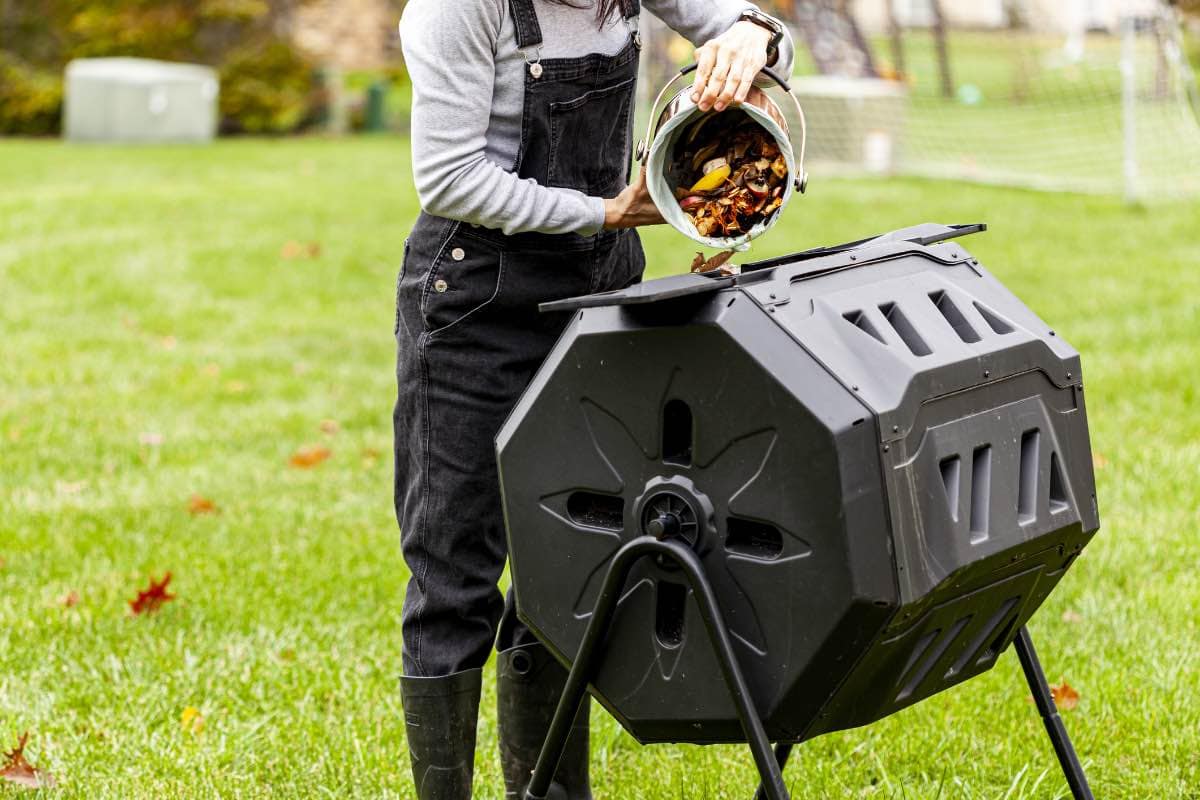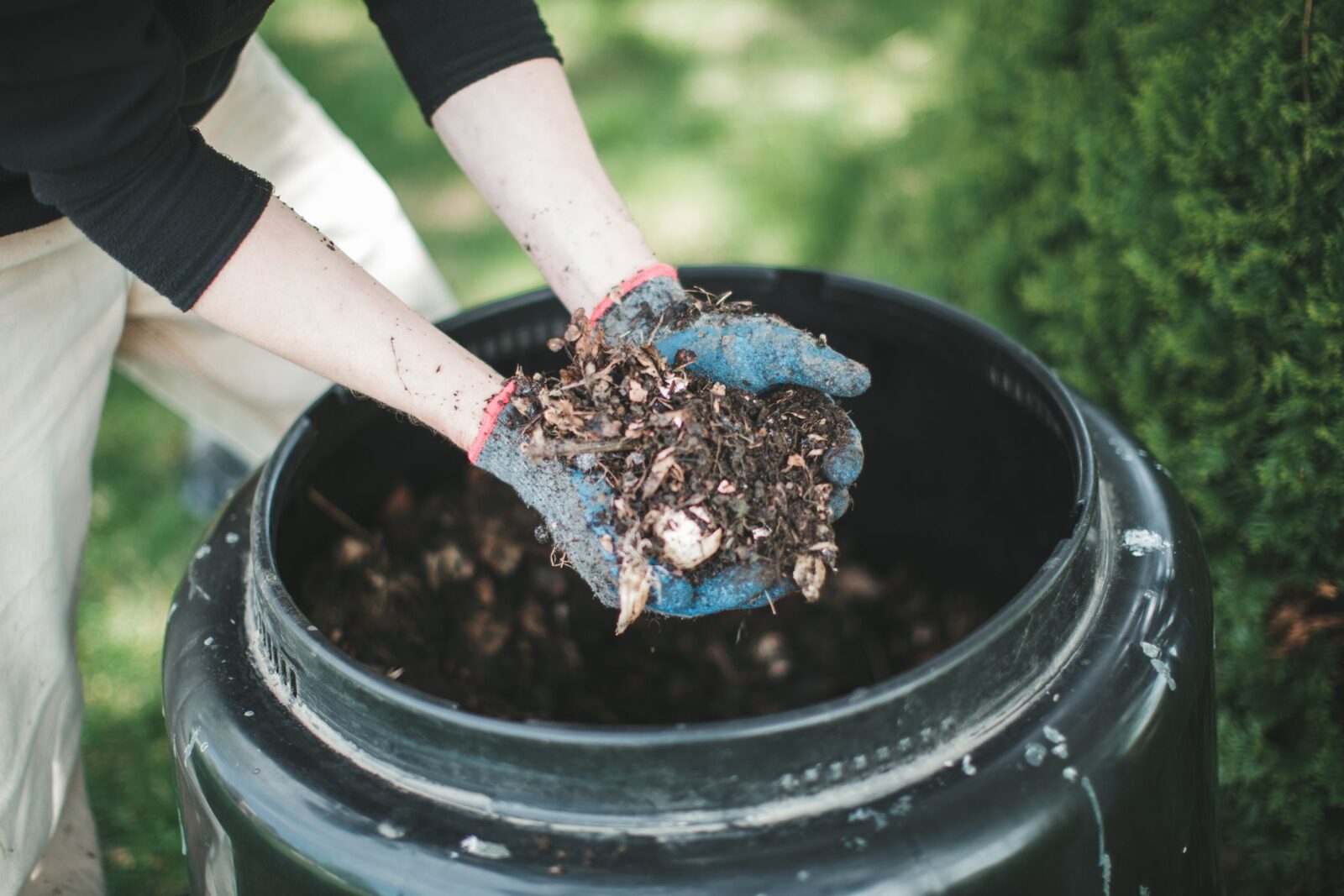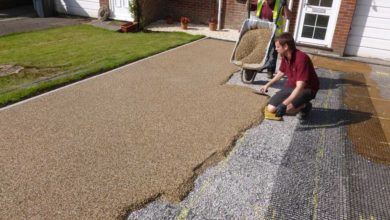Composting is an increasingly popular way to reduce waste and create nutrient-rich soil for gardening. But when it comes to compost bins, many people are unsure of how to get started or how to keep their bins from becoming too smelly.
With a few simple tips, you can be successful in your composting efforts and have a pleasant-smelling bin. This article will discuss the basics of setting up a compost bin as well as strategies for managing odors while maximizing the return on your investment in terms of both environmental benefits and rich soil production.
Well also explore some additional considerations that will help ensure success with your composting endeavors. So read on and discover all you need to know about successfully using compost bins!
Compost Bins: Choosing the Right Bin for Your Needs

Compost bins come in a variety of shapes, sizes, and materials to fit the needs of any composting situation. Whether you’re looking for an indoor or outdoor bin, there are plenty of options that can help you get started with successful composting with minimal odor control issues.
When selecting a bin, consider the size and shape that will best accommodate your space and the volume of waste material being collected. If you plan on collecting large amounts of organic matter for composting, choose a larger bin to ensure it has enough ventilation; otherwise, odors may become trapped inside the container due to a lack of air circulation.
Additionally, make sure your bin is deep enough so food scraps don’t spill out when adding new material or harvesting finished compost from the bottom layer. For outdoor spaces, consider investing in containers made from plastic or metal which offer better insulation than those constructed from wood such as pallets or barrels – this helps prevent heat loss during cold winter months while still providing proper drainage and ventilation for aerobic decomposition processes.
When dealing with large-scale operations such as community gardens or farms where multiple bins are needed for storage purposes select ones that have lids attached to keep out rodents and other pests while locking in precious moisture content during dry summer days. Whether you’re just starting with home gardening projects or running an agricultural operation on a larger scale – properly choosing and maintaining your compost bins is key! With different models available today there’s something suitable for everyone’s needs – all it takes is some time spent researching what type works best before getting started on your successful journey into sustainable waste management practices!
Tips for Creating a Successful Composting System
Creating a successful composting system is essential for reducing waste and producing nutrient-rich soil. Here are some tips to help you get started:
- Choose the right container or bin – when deciding on a compost bin, consider size, materials used, portability, and ease of access. Make sure it has enough capacity to collect your scraps without taking up too much space in your yard or garden.
- Select an appropriate location – pick a spot that receives at least 4 hours of direct sunlight each day and ensure good drainage so excess moisture can escape from the bottom of the container. Consider how close it will be to other plants or trees to avoid contamination with pesticides and other chemicals that could harm your compost pile’s beneficial microorganisms.
- Layer organic matter correctly – start by placing twigs, branches, or straw at the base for better aeration followed by alternating layers of green (nitrogen-rich) material like grass clippings, fruit peels, and vegetable scraps with brown (carbon-rich) material such as leaves, sawdust, and shredded paper products. Avoid adding dairy products, oils/fats as well as pet droppings into your compost pile since these items can attract pests or create unpleasant odors if not properly managed within the bin itself!
- Maintain proper moisture levels – mix water into each layer periodically but not enough where pools form; this will promote microbial activity while also helping break down larger pieces faster than if left dry together! If necessary use mulch on top to retain moisture during the hot summer months but make sure there is still plenty of airflow around the sides of any added coverings so oxygen can reach organisms below ground level too! 5 . Turn & aerate regularly – stirring contents inside helps provide oxygen which aids the decomposition process; try turning every 5-7 days depending on temperatures outside (more often in hotter climates).
Also, consider adding worms that help break down food even further resulting in faster breakdown times overall!
Strategies to Control Odors from Compost Bins

When it comes to controlling odors from compost bins, several strategies can be employed. One of the simplest methods is to cover the compost bin with a lid or use an enclosed container.
This will help keep any unpleasant smells contained and prevent them from wafting through your home or garden. Additionally, regular stirring and aeration of the compost material help break down organic matter more quickly, reducing odor production in the process.
Using a layer of carbon-rich materials such as sawdust, wood chips, shredded newspaper or leaves on top of newly added scraps can also help absorb odors and speed up breakdown time. Regularly adding brown matter such as straw or hay to the compost mix will provide bulk for aeration while avoiding too many wet ingredients which could cause smelly bacteria growths.
Finally, keeping your compost bin moist (but not overly so) will discourage bad smells caused by dryness but not create soggy conditions where excess liquid may accumulate and rot food scraps faster than desired. These simple steps should go a long way toward helping you successfully manage odors from your compost bin without having to resort to harsh chemical deodorizers!
Conclusion
Composting is a great way to reduce your environmental impact and create some nutrient-rich soil for your garden. Investing in compost bins can help you manage the process more easily, but it’s important to consider tips for successful composting and odor control.
Do compost bins stink? Regularly turning the contents of your bin, ensuring proper aeration throughout the pile, adding brown material like dead leaves, balancing wet and dry ingredients, and stirring regularly will all help keep odors at bay. It’s also helpful to cover food scraps with soil or other carbon-rich materials before adding them to your bin.
With these simple steps in mind, you can be confident that do compost bins stink. – No! They don’t have to if managed properly with regular maintenance.






